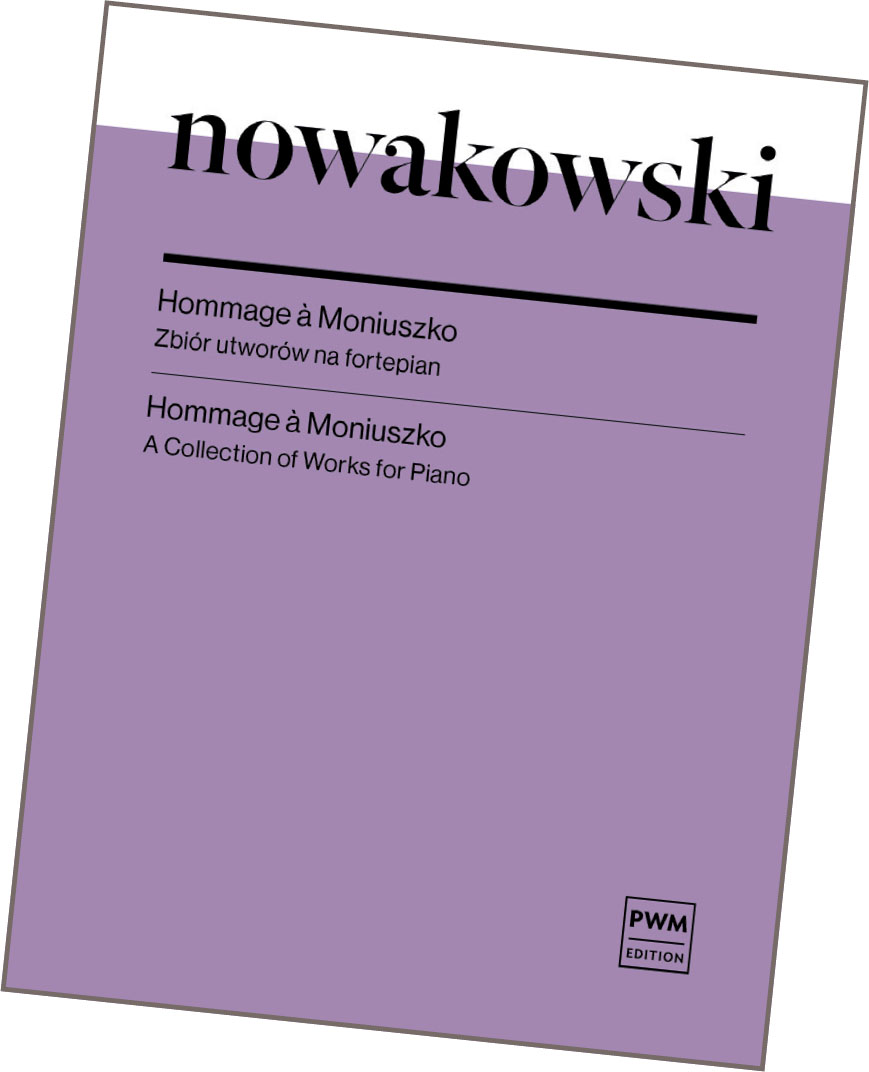
Improve your sight-reading! A piece a week piano (Grade 5)
Sight-reading is the bane of many a teacher's life. Once a student has worked through all of the examples in the specimen tests (usually a few weeks prior to the exam!) the search for suitable sight-reading materials can become almost as stressful as the test itself. Why students find this test so challenging, as Harris contests in this book, is that they fall out of the habit of processing musical notation, preferring to play from a combination of muscle and auditory memory.
This offering from Faber is made up of 27 short pieces of around 30 bars each. Slightly more robust than the average Grade 5 sight-reading test, but much easier than the equivalent grade piece, the premise is that the student learns one piece a week in the run up to their exam. The plan then is not so much that the student ‘sight-reads’ the piece, but that over the course of the book they are retrained to read and process the notation, rather than relying on their ears and tactile senses.
The 27-week timeframe is realistic for most students’ exam prep, the pieces themselves are tuneful and come with image-rich titles, cartoon illustrations, and the plan seems to be a sound one. So, I decided to present this challenge to one of my students – one piece a week for the next few weeks in the lead up to exam day. I could almost imagine that the student in question was the inspiration for this book – having spent weeks programming in their three pieces, they have reached that heart-leaping point where the music (or at least large sections of it) starts to flow and come together. Each week they launch in to their dutifully crafted fugue/sonatina/jazz piece with maturity, fluency, and eyes firmly glued on their hands. Each week, the performance grinds to a halt within a few lines at the first memory slip. Might this approach help not only their sight-reading, but their pieces as well?
Week one – the first piece ‘Setting Sail’ tripped away with an appropriate con moto verve. The last line accidentals and counterpoint caused some minor stumbles, but easily rectified. Gratifyingly, the astutely marked dynamics were all present in the first run through. So, on to List A music – again, a second line stumble. Old habits die hard!
Week two – ‘Paddington Station’, whose jazzy licks tumbled lugubriously out from the student's fingers. The unfamiliar chord voicings caused a few rocks in the pulse, but otherwise a nice reading. Did I notice student's eye tracking the List A staves with slightly more alacrity than last week? Certainly, the transition between the two ‘working’ sections came off with more success and fewer memory stumbles than in previous weeks.
Harris raises some long overdue points about our approach to planning and the impact which this exam-driven culture can have on students’ musicianship. This is a thought-provoking series, currently covering Grades 1 to 5 and with later grades hopefully in the pipeline, which hits back at the long-and-slow slog which has become the mainstay in too many young pianists’ practise approach.

Hommage à Moniuszko
It's the year of Moniuszko. No, I can't say I knew, either. I was berated for this gap in my knowledge when my Polish student saw Nowakowski's Hommage à Moniuszko sitting on my music desk before a lesson. The father of Polish opera has been featured on bank notes, stamps, and even gave his name to the Polish National Opera's auditorium.
Outside of his home country, Nowakowski is a slightly less stellar figure, though he was held in great esteem by both Chopin and the Schumanns – rightly so if this collection is indicative of his work. This current collection contains five substantial fantasia and rhapsodies based around Moniuszko's impressive corpus of bel canto-tinged hits.
The opening ‘Fantasy on theme from €Halka”’ initially presents itself as a virtuoso showpiece set of variations, with much of the writing leaning towards the early Russian school. The variations build towards a frenzied conclusion before being interrupted by a central religioso hymn, which punctuates the action in a suitably operatic way. The Fantasy then builds through a third theme, climaxing with an appassionata-style coda worthy of attention.
The final ‘Fantasy on Polish Airs’ opens with a haunting monophonic hymn drifting in across the Pomerania before unfolding into an increasingly bravura development, which would make a welcome addition to any post-Grade 8 pianist's repertoire. The Fantasy flows on into a Mazurka section, which Nowakowski weaves back into the opening air before bringing both together in a lightening flash coda.
Nowakowski's style is marked by streams of flying Liszt-octaves, inner parts tripping under sustained chords, torrents of broken arpeggio patterns, all wrapped up with a Rachmaninov-style lyricism. Far from being a regional curiosity, this is a pan-European musical voice, tinged with the sparks of the fires which would become nationalism, and underlined by a comprehensive and elegant pianistic style. Much of the fioritura sits comfortably under the hand, making this collection a joy to play, and easily accessible to younger pianists. The postscript from PWM expresses the hope that this collection might be the first in the revival of an interest Nowakowski's music. Based on the repertoire in this collection this is a catalogue more than worthy of a second look.








